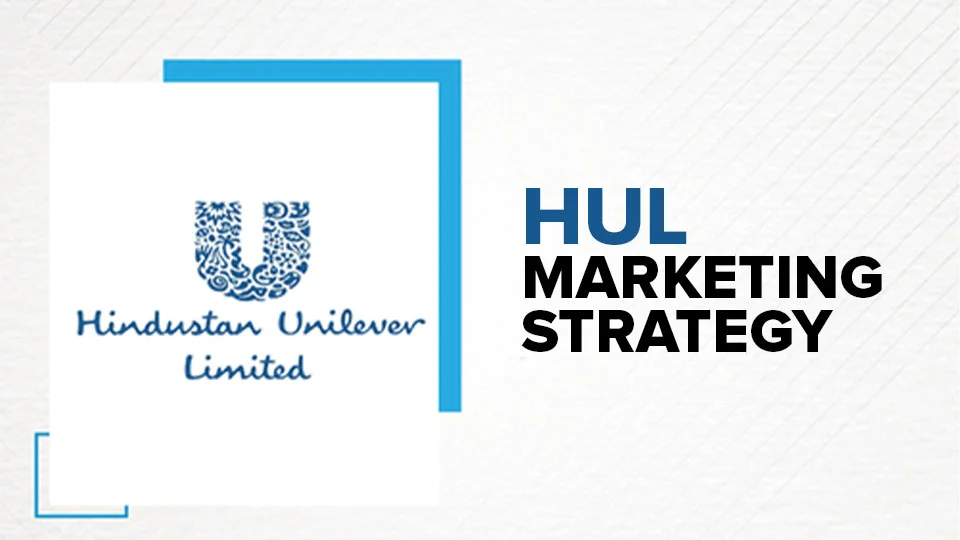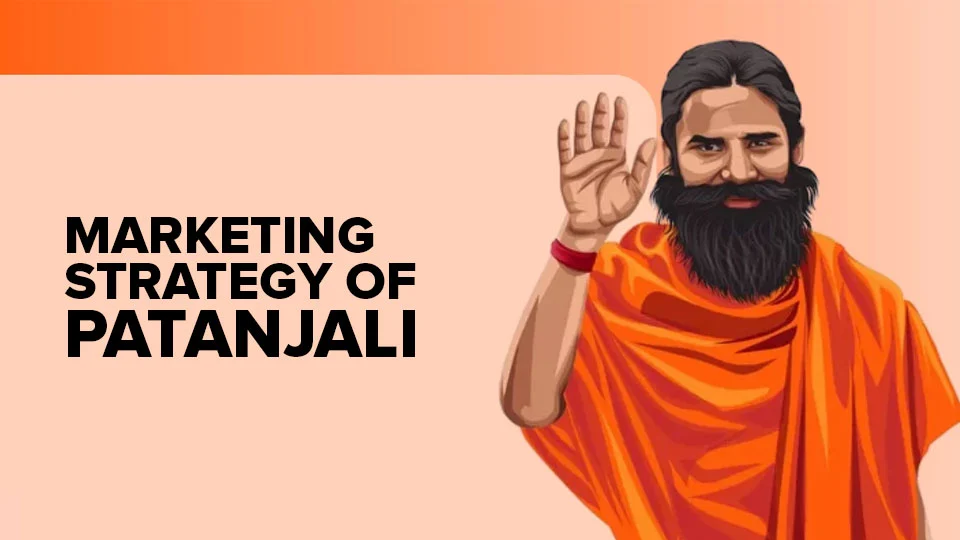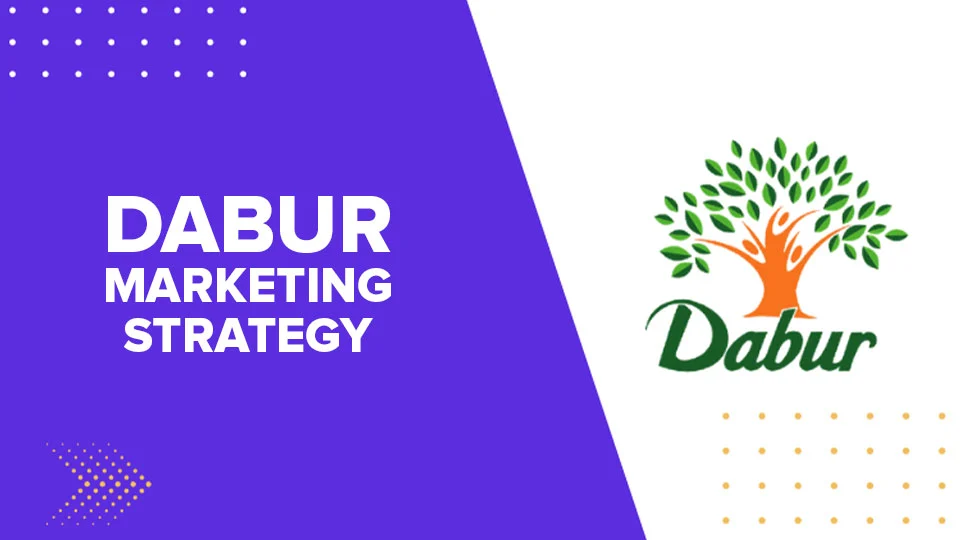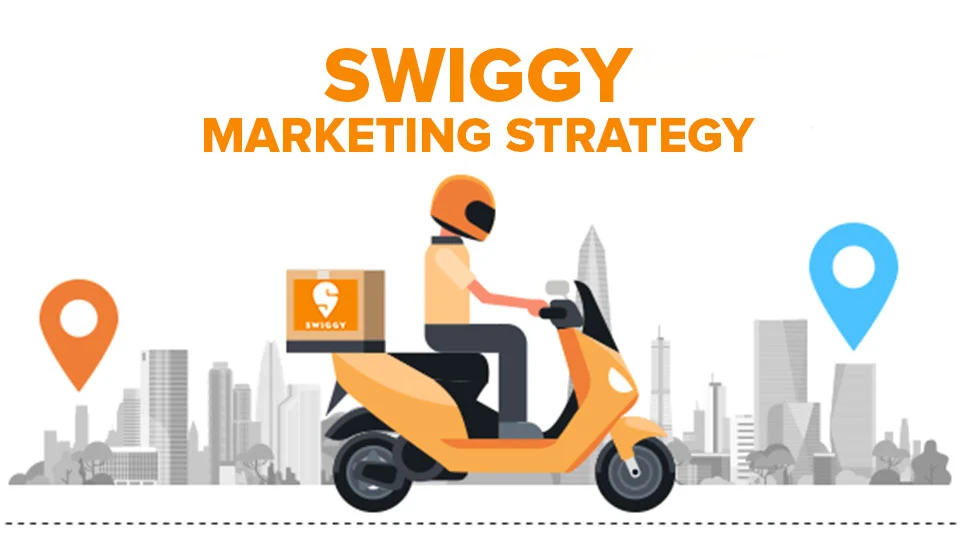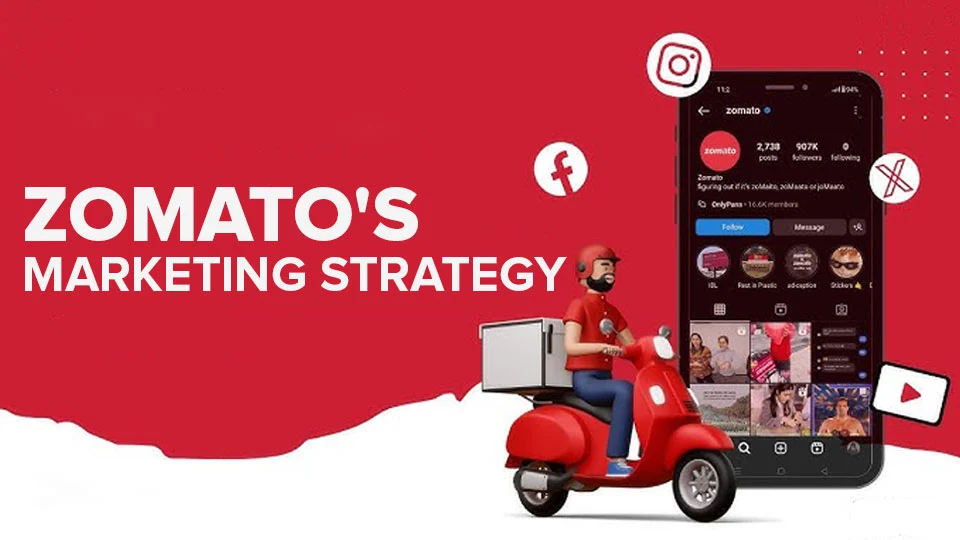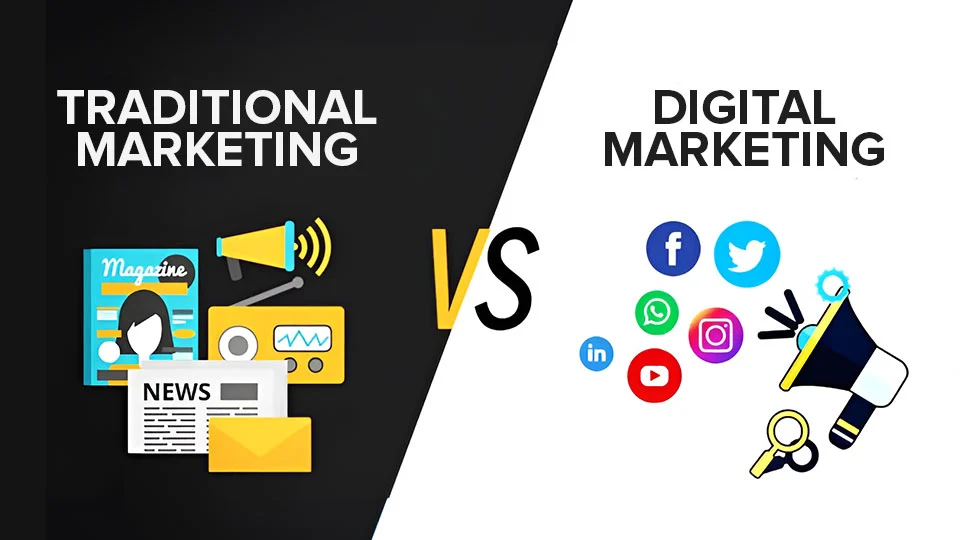Hindustan Unilever Limited (HUL) is India’s largest fast-moving consumer goods (FMCG) company, with a wide range of personal care, home care, and food products. With popular brands such as Dove, Lux, Surf Excel, Lifebuoy, and Brooke Bond, HUL has established a solid presence in Indian homes.
Curious Mind Consulting examines the HUL marketing strategy, such as its marketing mix, product mix, SWOT analysis, competition, and business goals. Let’s see how HUL leads India’s FMCG market and keeps expanding.
Table of Contents
ToggleOverview of Hindustan Unilever Limited (HUL)
HUL is a subsidiary of Unilever, present in India since 1933. It is a market leader in the personal care, home care, and food businesses, serving millions of consumers.
Important Facts About HUL:
- Founded: 1933
- Headquarters: Mumbai, India
- Parent Company: Unilever
- Revenue: Over ₹58,000 crores (as of 2023)
- Market Share: 18%+ in the Indian FMCG sector
- Brands: Dove, Lux, Lifebuoy, Ponds, Pepsodent, Surf Excel, Wheel, Vim, Brooke Bond, Lipton, Horlicks
HUL’s success lies on the back of a solid marketing strategy, innovation in products, and a very deep understanding of consumers. Let’s deconstruct its marketing strategy.
HUL Marketing Strategy: The Core Philosophy
The marketing strategy of HUL is built around product innovation, market segmentation, intense advertising, and rural penetration. With its multi-brand portfolio, it is able to target various segments of consumers well.
Key Ingredients of HUL Marketing Strategy:
- Multi-Segment Targeting – HUL designs products for premium, mid-priced, and affordable segments.
- Deep Rural and Urban Reach – It invests in rural penetration as well as urban premiumization.
- Brand Differentiation – Every brand is positioned separately to match varied customer requirements.
- Digital & Traditional Marketing Mix – Leverages TV, social media, influencer marketing, and print advertising.
- Sustainability & Social Initiatives – Initiatives such as ‘Lifebuoy Handwashing’ and ‘Surf Excel Daag Achhe Hain’ establish a socially responsible brand image.
The marketing approach of HUL is diversified, well-segmented, and customer-oriented, enabling it to sustain its leadership in the market.
Hindustan Unilever Marketing Mix (4Ps of HUL)
The 4Ps of HUL, which is the marketing mix of HUL, includes Product, Price, Place, and Promotion as the pillars of its marketing strategy.
1. Product Mix of Hindustan Unilever Limited
- Personal Care: Dove, Lux, Lifebuoy, Ponds, Fair & Lovely
- Home Care: Surf Excel, Rin, Wheel, Vim, Domex
- Food & Beverages: Knorr, Lipton, Brooke Bond, Kissan, Horlicks
- Water Purifiers: Pureit
HUL adopts a multi-brand strategy to have a diverse product mix to meet varied customer demands.
2. Pricing Strategy of HUL
HUL adopts a strategy of differentiated pricing:
- Premium Pricing: Dove, Ponds, Surf Excel
- Mid-Range Pricing: Lux, Rin, Knorr
- Low-Cost Pricing: Wheel, Vim, Lifebuoy
This helps HUL capture various consumer groups effectively.
3. Place (Distribution) Strategy of HUL
HUL boasts one of the largest Indian distribution networks:
- Rural Penetration: Distributed in over 50,000 villages with the Shakti Initiative.
- Urban Supermarkets: Available at Big Bazaar, Reliance Retail, D-Mart, etc.
- E-commerce: Firm grip on Amazon, Flipkart, Blinkit, Zepto.
4. Promotion Strategy of HUL
- Television & Print Ads – HUL spends significantly on TV advertisements, print advertisements, and hoardings.
- Digital & Social Media – Influencer campaigns and social media outreach assist in engaging millennials and Gen Z.
- Cause Marketing – Campaigns like ‘Lifebuoy Handwashing’ and ‘Project Shakti’ enhance brand reputation.
The HUL marketing mix is designed to create maximum reach and engagement, ensuring its leadership in the FMCG industry.
Hindustan Unilever SWOT Analysis
SWOT analysis of Hindustan Unilever makes us aware of its strengths, weaknesses, opportunities, and threats.
Strengths:
- Powerful Brand Portfolio – Has over 40+ brands across segments.
- Widespread Distribution Network – Reach in urban and rural areas.
- Large Marketing Budget – Invests more than ₹4,500 crores a year on advertisements.
- Consumer Trust – Continuously ranked among the most trusted brands in India.
Weakness:
- Heavy Reliance on India – More than 80% of the revenue is from the Indian market.
- Rural Market Issues – Price-conscious consumers make profitability challenging.
- Counterfeit & Replication Products – High demand creates problems with product counterfeiting.
Opportunities:
- Growing E-commerce Market – Diversifying in online grocery and quick-commerce.
- Sustainable & Organic Products – Introducing eco-packaging and organic brands.
- Global Expansion – Ability to expand into new global markets.
Threats
- Fierce Competition – Competes against P&G, ITC, Nestlé, Dabur, and Patanjali.
- Evolution of Consumer Preferences – Movement towards natural and organic brands.
HUL’s strengths are greater than its weaknesses, but it has to innovate and keep up with changing market trends.
HUL Competition: Who Are Its Competitors?
HUL competes with local and international FMCG brands across most segments.
Key Competitors of HUL:
- P&G (Procter & Gamble) – Competes in personal care (Pantene, Gillette) and home care (Ariel, Tide).
- ITC – Competitor in foods (Aashirvaad, Sunfeast), personal care (Fiama, Vivel).
- Nestlé – Bites into the space of dairy, beverages, and nutrition (Maggi, Nescafé).
- Dabur – Buoyant Ayurveda personal care player.
- Patanjali – Emerging new player in natural and herbal goods.
Even though faced with formidable competition, HUL holds sway with its expansive portfolio of brands, robust reach, and hyper-marketing.
Final Thoughts: Why HUL’s Marketing Strategy is a Game-Changer
HUL’s marketing strategy is based on customer-centricity, brand differentiation, aggressive advertising, and penetrating the market.
| Aspect | Key Insights |
| Product Strategy | Diverse portfolio across categories |
| Pricing Strategy | Premium, mid-range, and budget pricing |
| Distribution Strategy | Strong rural and urban presence |
| Promotional Strategy | TV, digital, social media, influencer marketing |
| Challenges | Intense competition, evolving consumer preferences |
Through the use of innovation, sustainability, and digital marketing, HUL remains India’s FMCG leader
Frequently Asked Questions
What is the main marketing strategy of HUL?
HUL practices multi-brand positioning, mass distribution, and aggressive advertisement.
Who are the key competitors of HUL?
It competes with ITC, P&G, Nestlé, Dabur, and Patanjali.
What methods does HUL employ to promote its products?
HUL employs television advertisements, social media, online campaigns, and retail collaborations.
